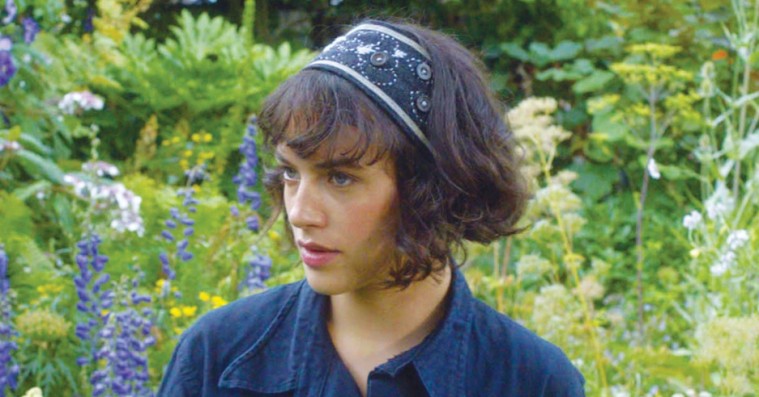
Pictures of dainty cottages, flower crowns, and homemade jars of jam have been inundating social media feeds for the past couple of months. The creators (and reposters) of these images are likely part of the “cottagecore” aesthetic, an online subculture based around a desire to escape the harsh, sterile modern landscape through the imagery of quaint countrysides, sweet animals, and delicate dwelling places. It’s not so much turning a blind eye to the world’s problems, as it is a way to center yourself to better solve them.
Staples of cottagecore include pastoral scenery, woodland creatures, vintage fashion, and well-groomed gardens. Members of the cottagecore aesthetic community often reblog screenshots from films that include these attributes, but few attempts have been made to compile a list of cottagecore films. So, for everyone with a penchant for mushrooms and fairy circles, here is a list of some of the best cottagecore movies.
1. The Tales of Beatrix Potter (1971)
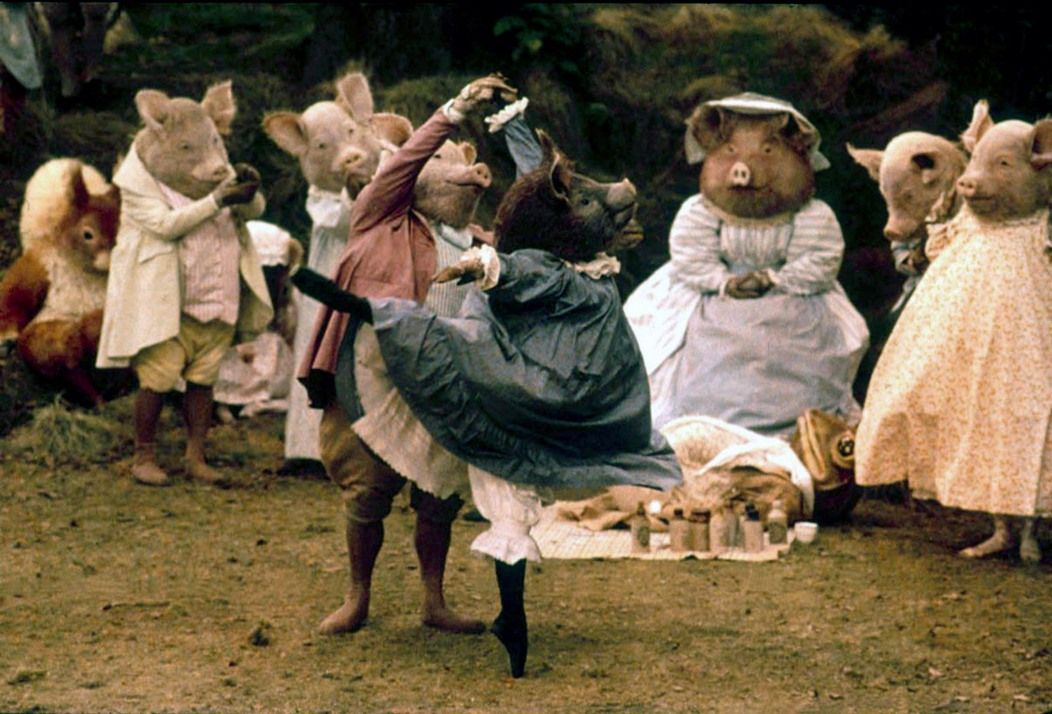
Full of dancing bunnies, frogs, and hedgehogs, this somewhat forgotten 70s gem blends seamlessly into the cottagecore aesthetic. The ballet film takes inspiration from the works of Beatrix Potter (a cornerstone of cottagecore), including The Tale of Mr. Jeremy Fisher and The Tale of Mrs. Tiggy-Winkle. Although no dialogue is spoken (dance tells the story), since viewers are likely already familiar with the source material, the stories are easy to follow.
The artistry present in this film is truly something to marvel at– from the costumes, which manage to be fantastical but also give the appearance of real animals, to the choreography, which is both elegant and almost comical, in the same vein as the original Beatrix Potter stories. Starring dancers from the Royal Ballet, The Tales of Beatrix Potter brings to life the whimsy of Beatrix Potter’s oeuvre, striving for realness and authenticity as opposed to perfection and smoothness.
2. This Beautiful Fantastic (2016)
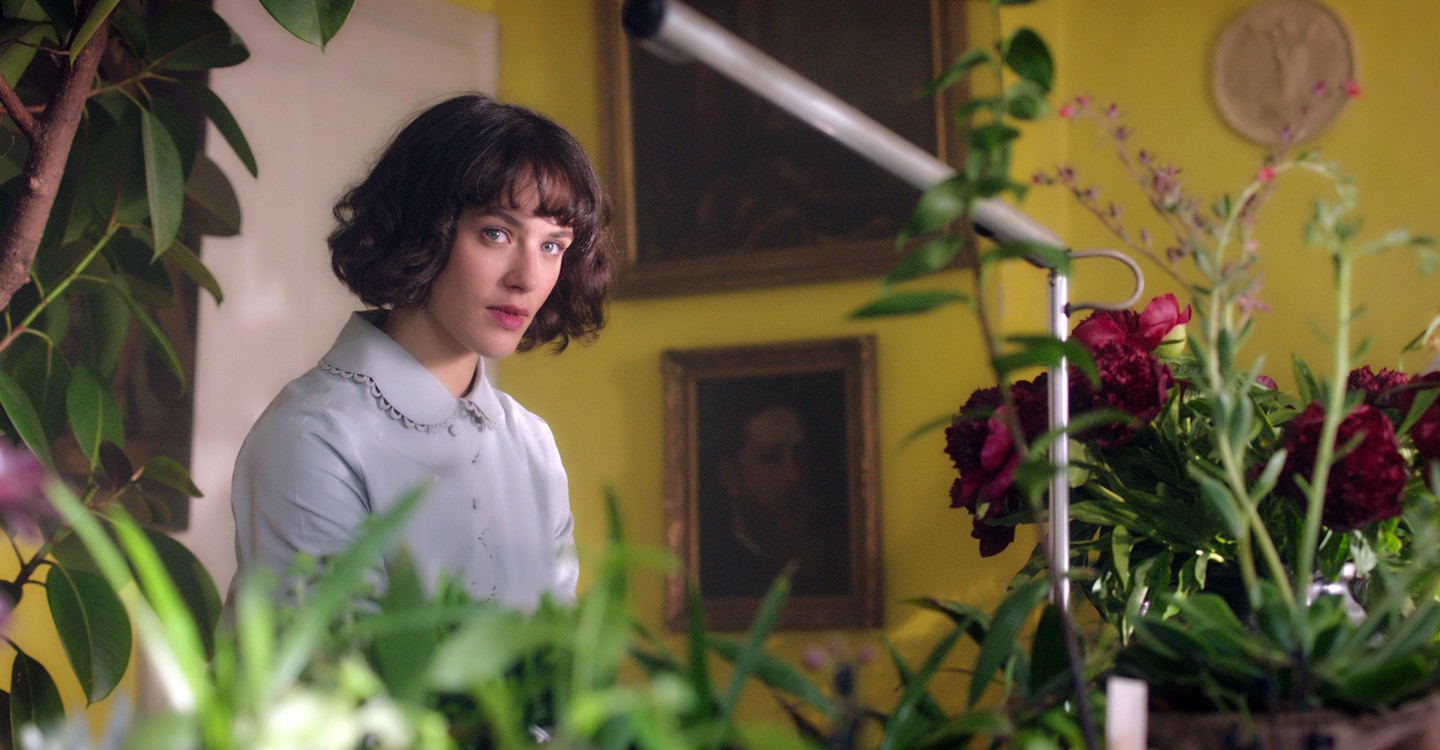
Literally centered around the healing powers of gardening, this film could also be seen as a testament to the curative qualities of cottagecore culture. This Beautiful Fantastic follows Bella Brown, an eccentric, if a bit awkward, library worker who is told by her landlord that she must clean up her garden or else she will be evicted from her house. Along the way, she makes new friends and conquers her antisocial tendencies.
Featuring a satisfying arc for both Bella and her garden, fans of Amelie will also likely enjoy this film for its charming, vintage-tinged style and adorably quirky characters. Escapism at its finest, This Beautiful Fantastic doesn’t aim for realism in its characters or its plot, rather, it tells a fairytale with a realistic message at its core: that nature is restorative and anything, or anyone, can grow.
3. The Secret Garden (1993)
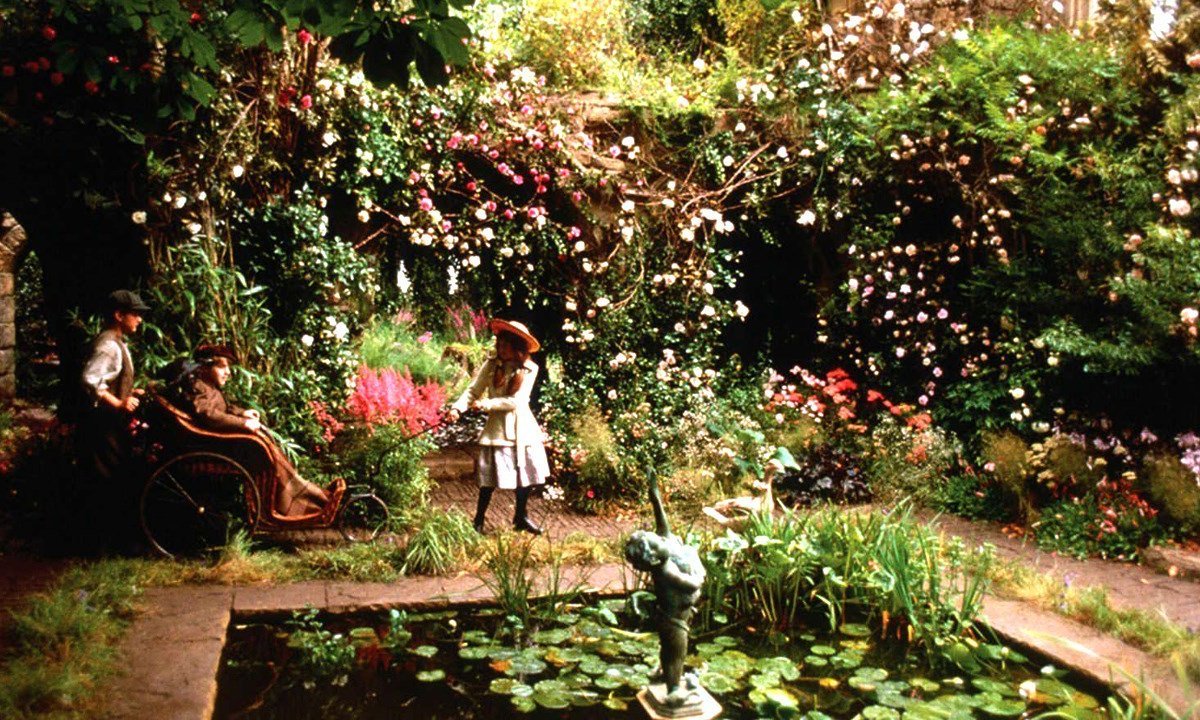
Based on the classic book by Frances Hodgson Burnett, this film is a cornerstone of cottagecore culture. Replete with beautiful scenery, watching the long-neglected secret garden transform into a thriving haven of flowers is always emotionally affecting, no matter how many times you’ve viewed this film. The Secret Garden has a realism to it that makes it even more magical, at times it feels as though it must be rooted in a true story.
Although The Secret Garden is ultimately an uplifting tale of acceptance of grief and the positive impacts of nature, it is far from being a twee fantasy. It might be aimed at children, but the themes of neglect and isolation, and the power of friendship in overcoming these traumas (which the 1993 adaptation so brilliantly depicts) will resonate with older audiences as well.
4. Tuck Everlasting (2002)
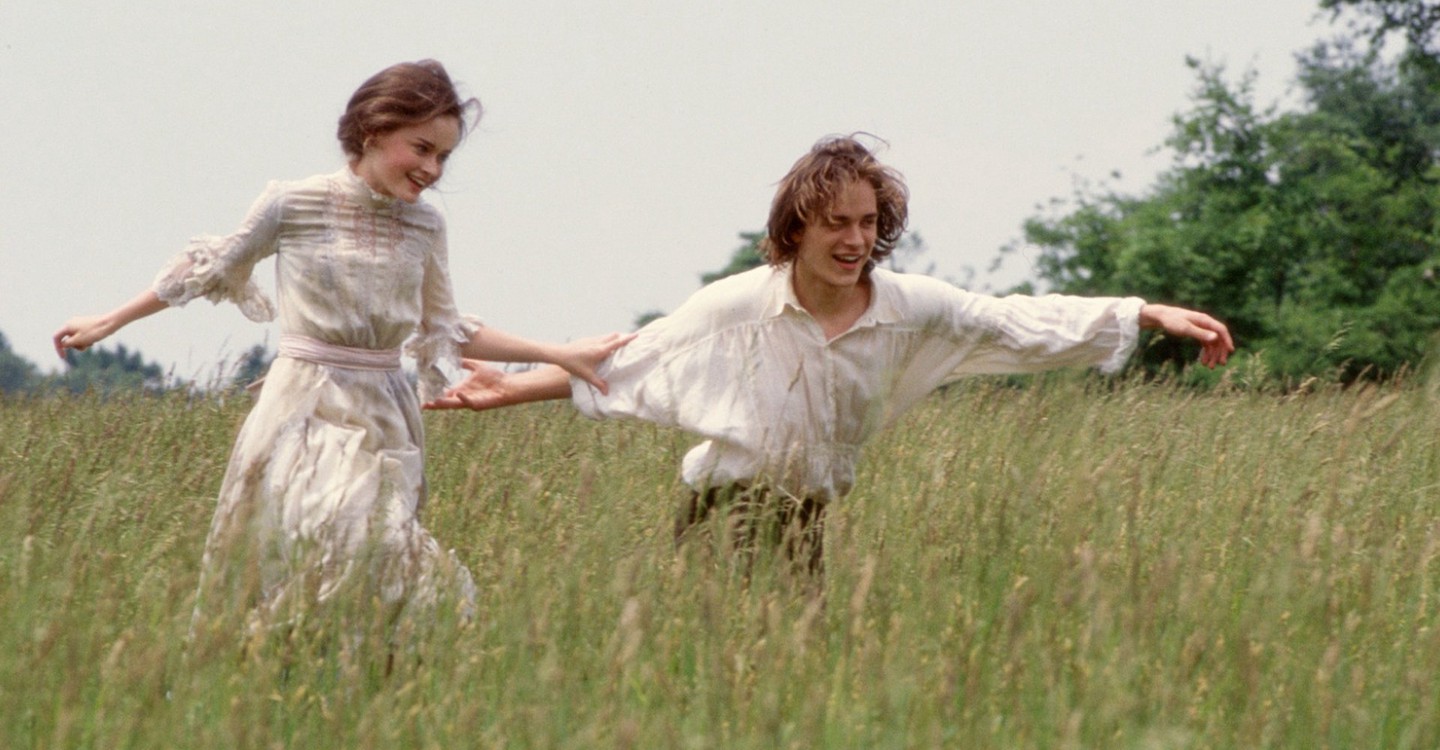
Another cottagecore film based on a book of the same name (Tuck Everlasting by Natalie Babbitt, published in 1975), Tuck Everlasting captures the bittersweet nostalgia that’s at the core of the cottagecore culture. Protagonist Winnie Foster, while running in the woods to escape from home, discovers a family (the Tucks) who never age.
Winnie frees herself from the oppressive atmosphere of her home by living with the Tucks in the woods, and finds peace with them and in nature for a while, but she is eventually forced to confront her own mortality and the role death plays in life as she grows even closer with the family. While admittedly not the most well-acted film, fans of the cottagecore aesthetic will respond to the film’s central message of the transience of life, the 1880s fashion, and the charming atmosphere.
5. Picnic at Hanging Rock (1975)
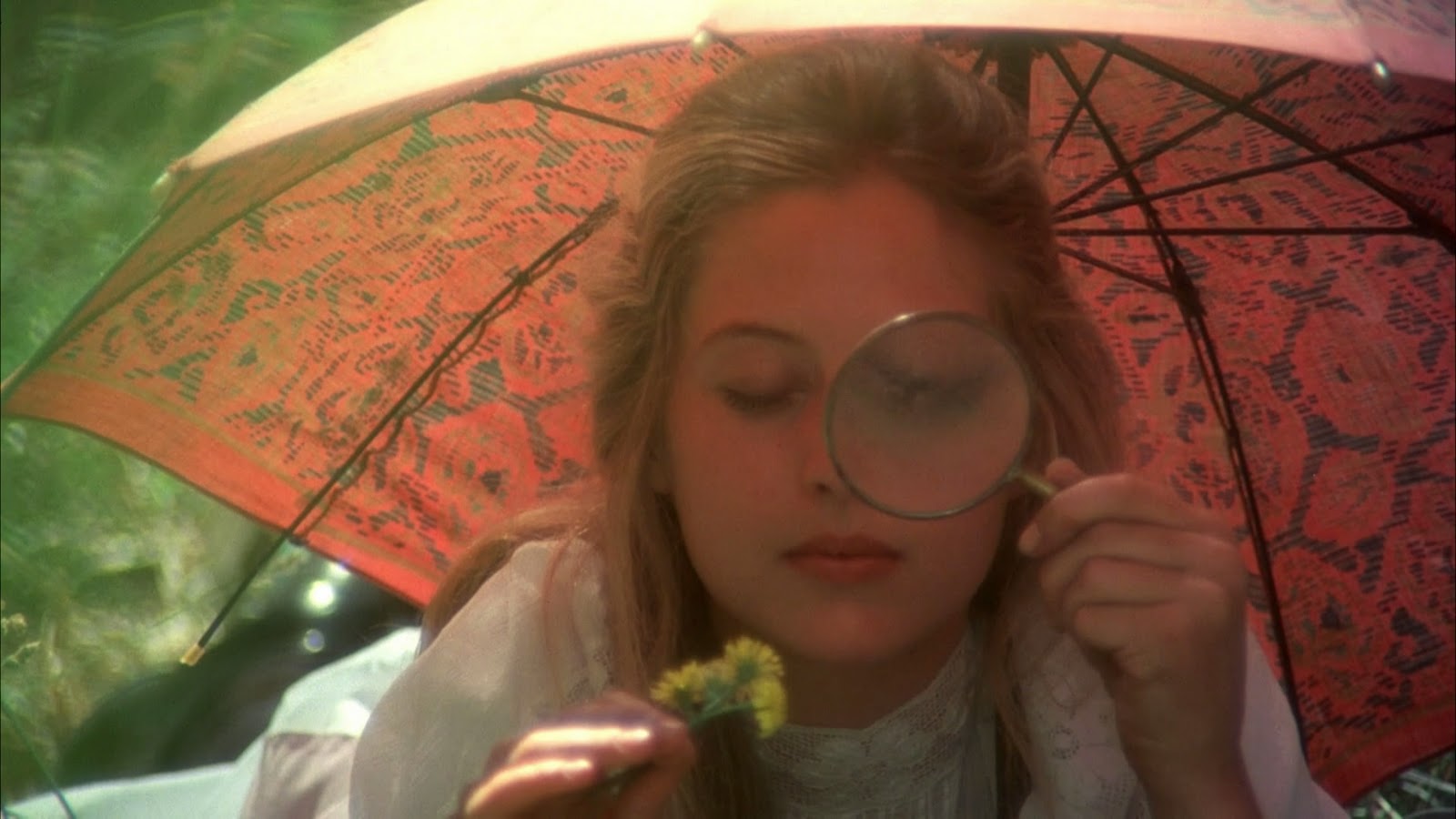
One of the more creepy films that could fall under the umbrella of the cottagecore aesthetic Picnic at Hanging Rock tells the story of the mysterious disappearance of a group of Australian, all-girls boarding school students whilst on a field trip. The film has become one of Australia’s most beloved films, and since 1975 has also had a lasting impact overseas. The film is dreamlike and unsettling, with imagery that both comforts and disturbs the viewer.
The eerieness of the movie may not be typically cottagecore, but the hazy 70s quality, Edwardian fashion, themes of sisterhood, and immersion in nature certainly fit under the cottagecore domain. Directed by Peter Weir, although the film is not action-packed, the disturbing atmosphere underlying each scene will compel you to keep watching. This visually-stunning movie will haunt audiences for years to come.
6. FairyTale: A True Story (1997)
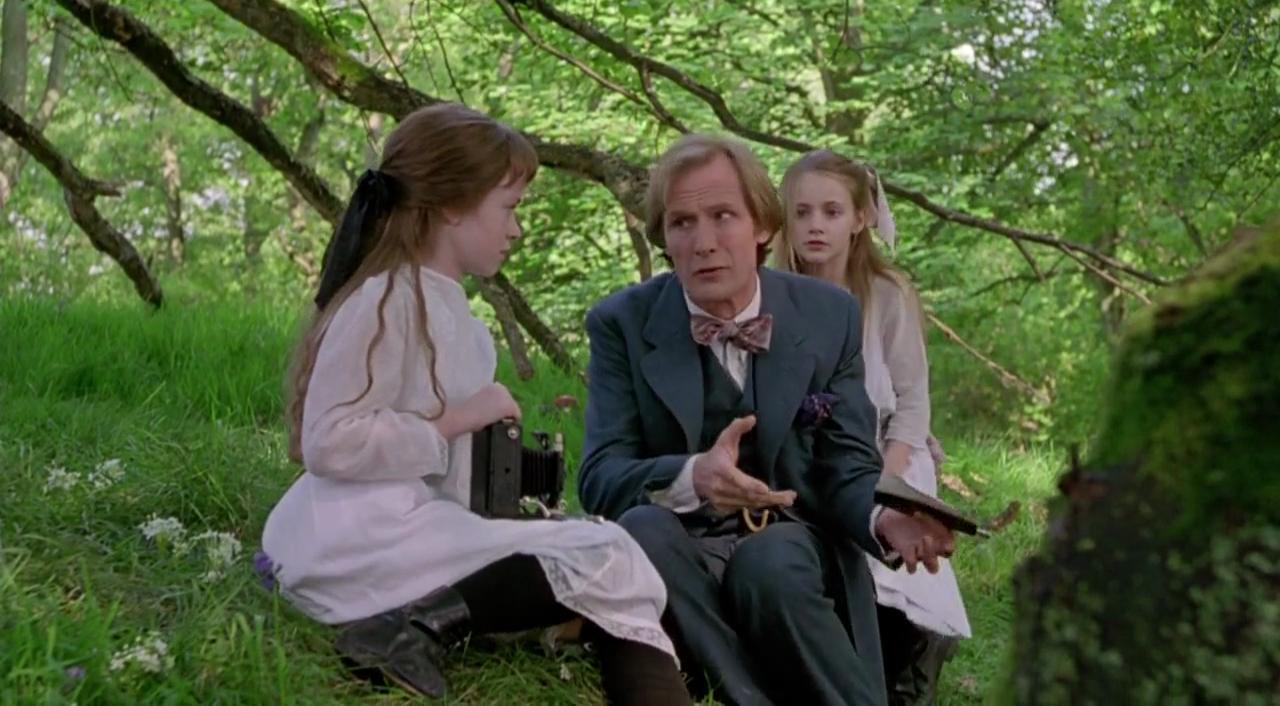
Fun and lighthearted, this family movie is as fantastical as it is emotionally powerful. FairyTale: A True Story takes inspiration from the true story of the Cottingley Fairies, a photo series by two young girls, Frances and Elsie, that convinced Sir Arthur Conan Doyle that fairies were real.
While the girls who originally took the photos later admitted that they were fake, FairyTale: A True Story firmly asserts that fairies are real, even if they exist only in the imaginations of children. In a similar vein to The Secret Garden, this film makes the whimsical look realistic. Younger viewers will appreciate the seriousness with which the film deals with magic, and older cottagecore fans will be enchanted by the nostalgic elements of the film– it’s an invitation to return to a time when fairies were real and lived in your backyard.
7. My Neighbor Totoro (1988)
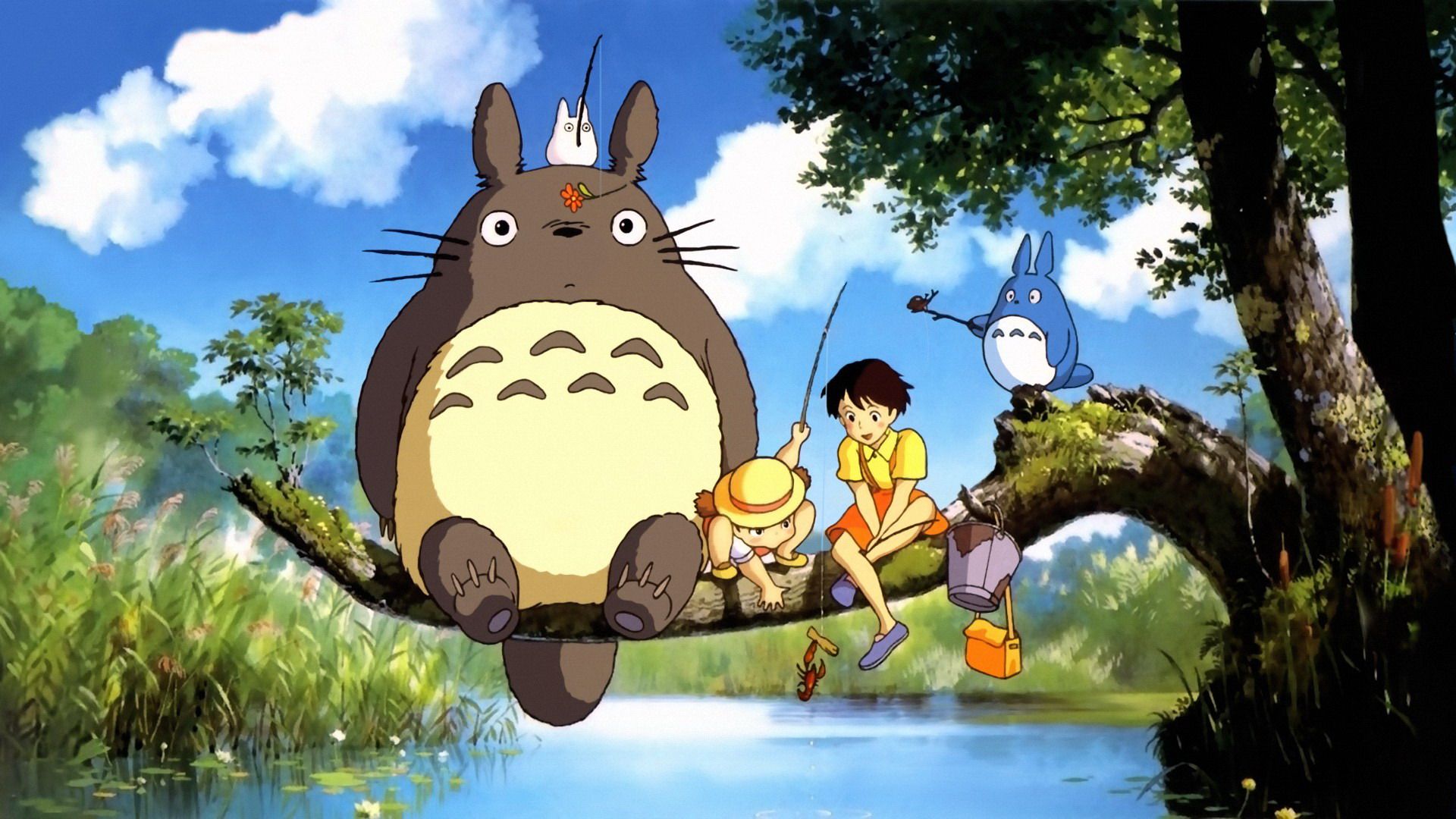
It’s hard to do better than this classic when it comes to encapsulating the cottagecore aesthetic. Nearly every Studio Ghibli movie has a cottagecore vibe, from the fantastical storylines to the beautifully animated landscapes, but My Neighbor Totoro stands out in particular. You’re probably already familiar with the plot, but the film follows two little girls, Satsuki and Mei, as they form friendships with forest spirits, mainly the titular character, Totoro.
Directed by Hayao Miyazaki, this film truly feels like it was a labor of love, delicately crafted to be a testament to the magic of childhood. Chalked full of nostalgia, the film is surreal, but in its absurdity, it is also true to the ethereal nature of youth. With its sentimentality, adorable characters, and lush environments, it’s no wonder My Neighbor Totoro has become a favorite of the cottagecore community.
8. Moonrise Kingdom (2012)
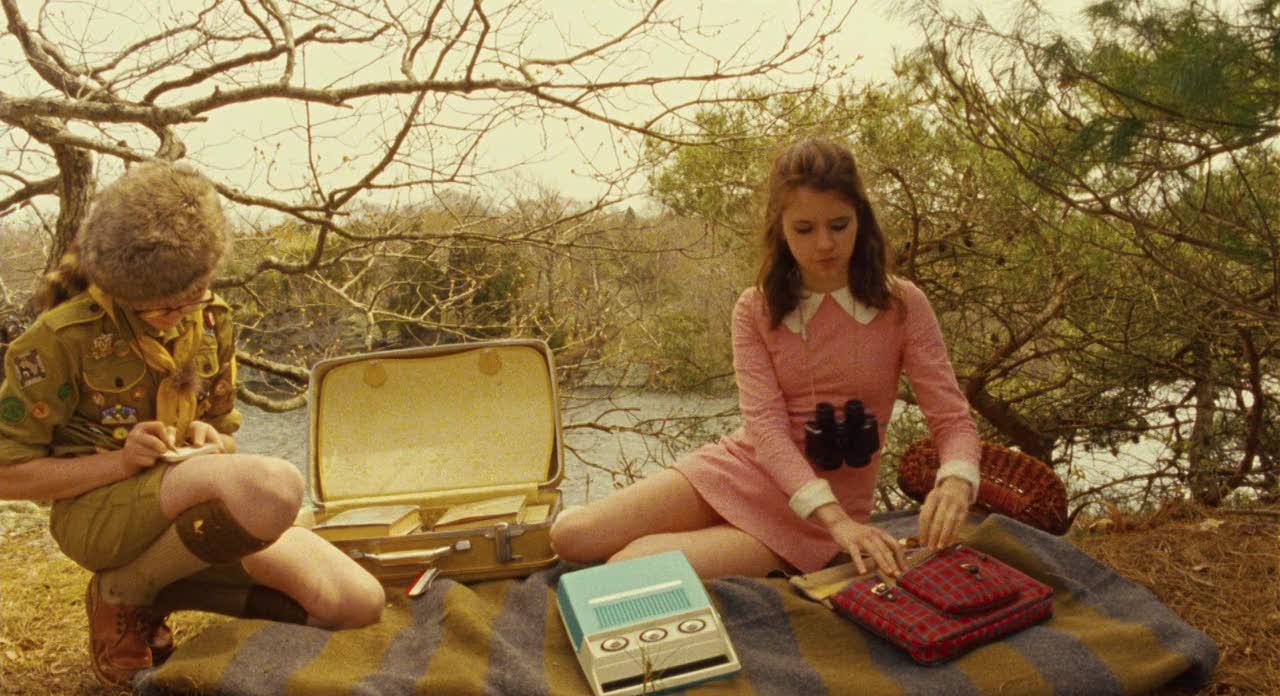
Directed by the master of charmingly stylized films, Wes Anderson’s tale of two adolescent lovers running away together is delightful escapism from beginning to end. The plot is literally centered around escapism, and the difficulty of removing yourself from the “real world” especially as a child. Moonrise Kingdom is set in the 60s, and the pastel-hued costumes alone will surely win cottagecore fans over, not to mention the rich scenery and summer camp atmosphere.
While it lacks a literal cottage, it certainly has plenty of natural landscapes. However, Moonrise Kingdom is not just froth; it may have quirk and whimsy, but it has substance as well as style, and the film actually tackles serious issues like social rejection, marital problems, and loss of innocence. Ultimately, the film is a poignant take on childhood fantasy with themes that haunt us well beyond childhood.
9. Pride & Prejudice (2005)
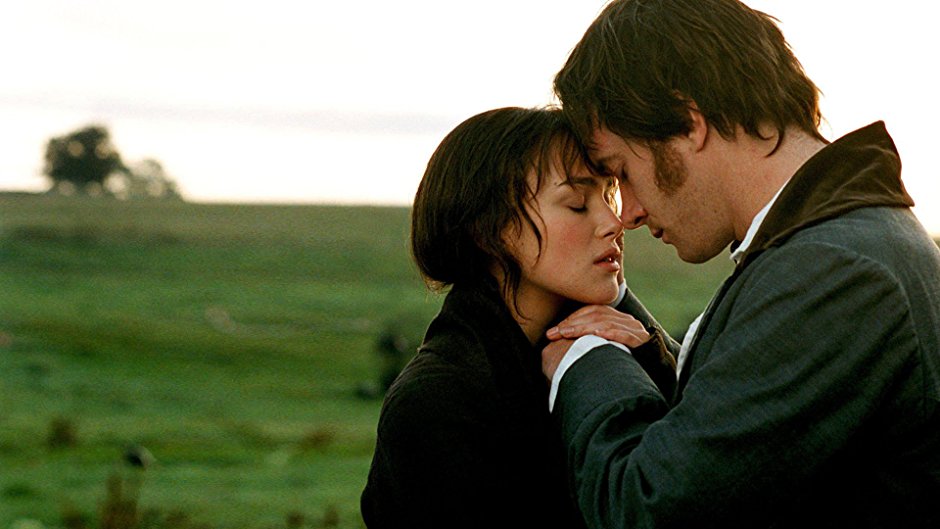
Though nearly every straight adaptation of Jane Austen’s classic novel about love and deceit (from the 1940s film to the 1995 adaptation) could be placed on this list, the 2005 film is truly a feast for the eyes. Of course, you wouldn’t expect anything less from director Joe Wright, who also directed Atonement and Anna Karenina. In Wright’s capable hands, Jane Austen’s story is made visceral and radiant, proving that the romance and class commentary is timeless.
Cottagecore fans will appreciate not only this, but also the beauty of the regency era costumes, the marvelous cinematography, and the sprawling landscapes. Keira Knightley also delivers a luminous performance as Elizabeth Bennet, expertly embodying the character’s wit, strength, and vulnerability. This adaptation is faithful enough to appease diehard Jane Austen fans, but also has a freshness newcomers will enjoy.
10. I Capture the Castle (2003)
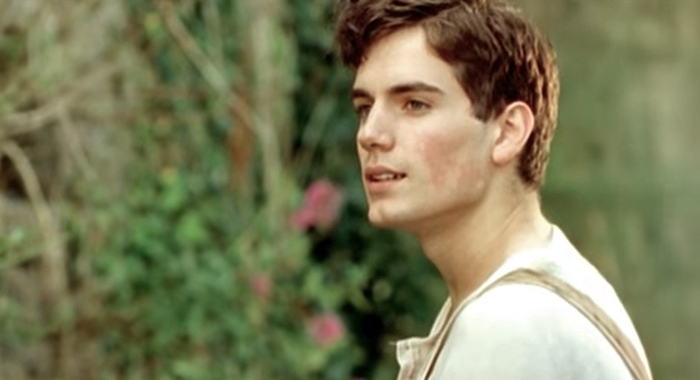
Yet another movie based on a novel, the cottagecore charm in both the film and the book is owed to the setting: a beautiful but abandoned and crumbling castle in which the Mortmain family resides. Told from the point of view of Cassandra, a clever, if a bit naive, 17-year-old girl, the story follows the family as the attempt to orchestrate a marriage between Rose, Cassandra’s older sister, and Simon, one of the Mortmains’ wealthy new neighbors.
Prominently featuring the lush English countryside, the 2003 film stays true to the spirit of the book. It also takes place in the 1930s, so it has a vintage appeal that cottagecore devotees will be fond of. The story has something for everyone– it’s a comedy drama with enough twists and turns to keep audiences interested.